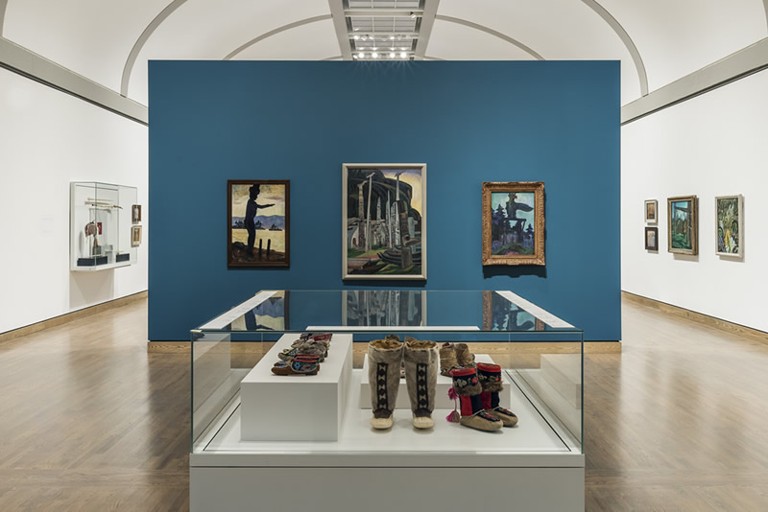Across Canada’s art scene, Indigenous creators are carving new paths that bridge ancestral traditions with modern expression. In galleries from Vancouver to Montreal, their work challenges long-held narratives while celebrating cultural resilience. These artists are not only reclaiming representation but redefining what contemporary Canadian art means on a global stage.
At the forefront of this movement is a generation unafraid to blend digital media, performance, and traditional craft. Artists like Christi Belcourt, Kent Monkman, and Caroline Monnet have gained international acclaim for works that intertwine visual storytelling with Indigenous identity. Their pieces speak of land, memory, and survival—reminding audiences that art remains a living language of resistance and renewal.
Many of these artists credit community collaboration as essential to their process. Workshops in remote northern communities, cross-cultural residencies, and digital art collectives are fostering connections that transcend geography. These spaces are giving emerging voices the tools to experiment freely while staying grounded in the teachings of their elders.
Curators, too, are rethinking how Indigenous art is displayed in public institutions. Museums once dominated by colonial narratives are working to decolonize their collections through partnerships with Indigenous curators and knowledge keepers. The result is not just new exhibitions but new ethics of curation—ones that respect the spiritual and cultural contexts behind each piece.
In Winnipeg, the Qaumajuq Inuit art centre has become a national model for inclusive curation. Its design and philosophy emphasize collaboration, consultation, and cultural transparency. Visitors don’t just view art—they experience stories told through objects, sound, and motion. This approach, say organizers, creates a bridge between contemporary audiences and centuries of artistic tradition.
Government funding has also begun to reflect this cultural shift. The Canada Council for the Arts recently increased grants for Indigenous-led projects, ensuring long-term support for artists working in multiple mediums. Such investments are seen as both cultural preservation and national renewal—recognizing that Indigenous art is central to Canada’s creative identity, not a peripheral addition.
Ultimately, the rise of Indigenous voices in Canadian art signals a broader awakening in the nation’s cultural conscience. These artists are reminding Canadians that art can heal, challenge, and transform. Through every brushstroke, bead, and digital pixel, they continue to reshape the country’s creative landscape—one story, one canvas, one heartbeat at a time.
